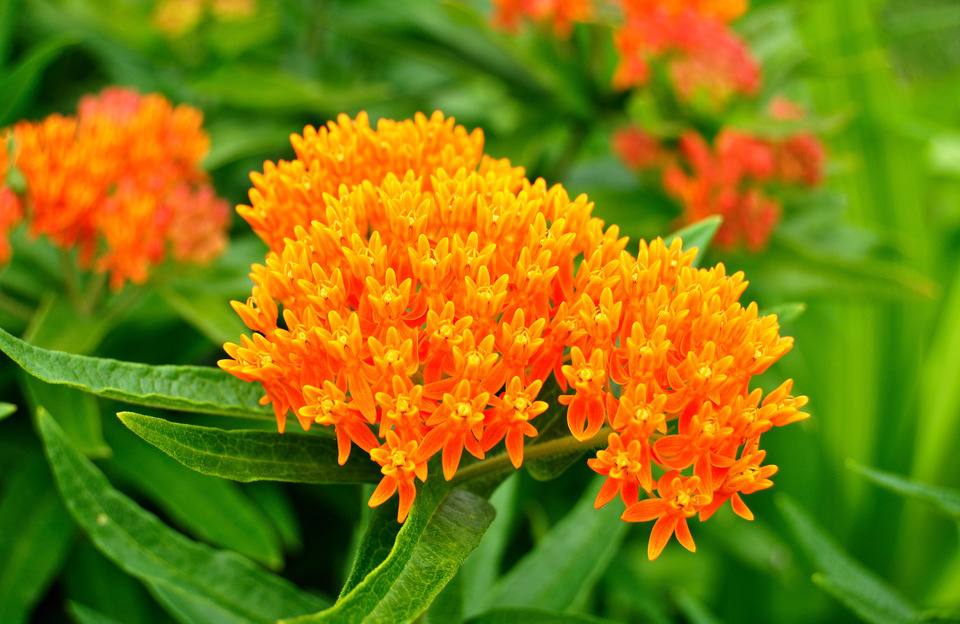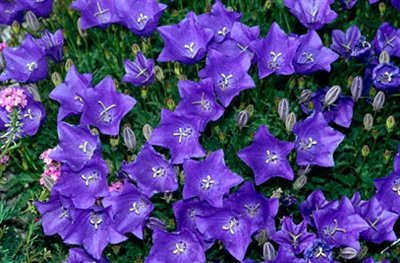Description
 Ligularia ‘The Rocket’
Ligularia ‘The Rocket’
Ligularia
USDA Zone: 4-9
Sometimes called Elephant Ears, this is a bold specimen perennial that needs a moist location. Plants form a clump of large, jagged-edged green leaves. Purplish black stems rise above in summer, bearing long spikes of bright-yellow daisy flowers. Superb for the back of the border, or at the waterside. An unusual centerpiece for a tub or large container. Both the flowers and leaves are great for cutting. Slugs can be troublesome. Clumps may be divided in the spring, every 3 to 4 years.
Sun Exposure Full Sun or Partial Shade
Soil Type Clay
Soil pH Neutral or Alkaline or Acid
Soil Moisture Average or Moist or Wet
Care Level Easy
Flower Color Yellow
Blooming Time Mid-Summer Late Summer
Foliage Color Deep Green
Plant Uses & Characteristics
Accent: Good Texture/Form Attracts Butterflies
Border Containers
Cut Flower Deer Resistant
Massed Specimen
Waterside Woodland
Flower Head Size Very Large
Height 47-70 inches
Spread 31-35 inches
Foot Traffic None
Growth Rate Medium



Reviews
There are no reviews yet.